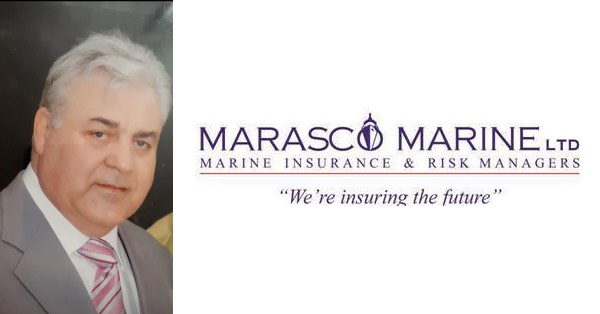As most in the industry are aware, when a vessel is alongside heavy objects from the Engine Room may be transported to shore through the E/R hatch by using the provision crane. For conventional Bulk Carriers and Tankers this E/R hatch is located at about amidship, between the accommodation and E/R casing, and its’ dimensions are such that the largest objects from the E/R may pass freely through this hatch opening. When it is necessary for the hatch to be opened, the hatch cover of the E/R hatch, after being unbolted, is lifted, and placed aside by either an electro-hydraulic or electric Provision Crane, or by a Gantry Provision Crane. Each of the above-noted types of provision cranes are normally powered by the auxiliary diesel engine generators located in the E/R through the main switchboard (MSB). To illustrate how the hatch may play a pivotal role in the extinguishing of a fire in the E/R, it would be useful to note the following scenario.
In this scenario a vessel is alongside, and the E/R hatch has been opened due to the need to transport certain items from the E/R to shore. Also assume that, for some reason, a fire has started in the E/R, which is too large to be put out by the portable fire extinguishers used by the crew, or to be suppressed by the automatic/manual fire extinguishing system (FLAFES). In such a situation, the responsible officer will visit the “Fire Control Station” and activate each of the available systems in place for the suppression and extinguishing of the fire in the E/R. Initially the siren will be activated in the E/R and the E/R personnel will be evacuated. Additionally, the dampers will be closed, fans will be stopped, F.O. & L.O valves will be closed at the corresponding tanks, and lastly, the fixed fire extinguishing system (Foam, Water-Spraying or CO2 systems) will be released into the E/R, so that the fire can be suppressed and extinguished. It is to be noted that the operation of diesel engines, auxiliary boiler(s) and the incinerator will have been stopped as well, and the MSB is no longer being supplied by power. Since the Provision Crane is being supplied through the MSB it will also remain inoperable. The emergency generator, which will have started automatically, will supply power to the emergency switchboard (ESB) only.
It is critical to note here that while employing the means necessary to extinguish the fire the E/R hatch is still open and cannot be closed because the Provision Crane cannot be operated. This is due to the absence of electrical power at the MSB, as stated previously. The open E/R hatch will, in fact, allow fresh air to enter the E/R and further fuel the fire, which will hinder the extinguishing of the fire, as well as allow a part of the dispensed CO2 to escape into the atmosphere.
It is these reasons stated above (entrance of fresh air into the E/R and some of the CO2 escaping), that can contribute to degrading the ability to suppress and extinguish of the fire, and thus the overall safety and condition of the vessel.
A simple, yet proactive, remedial action, that would allow the E/R hatch to be closed, and prevent the above dangerous situation from transpiring, is to request from the Shipyard, during the New Construction stages of the “Specification Review” and “Plan Approval”, to modify their design and rearrange the power circuits of the Provision Crane to be fed from the ESB, rather than form the MSB. This means that the Provision Crane, if powered by the ESB rather than the MSB, would remain operable in case of fire in the E/R, and allow the E/R hatch to be closed. This would thus minimize the risk of not being able to suppress and extinguish the fire effectively and prompt further harm to the vessel.
Even though the Rules and Regulations state that all openings to the E/R during a fire must be closed, shipyards, unfortunately, do not yet follow this procedure as a norm, primarily because they have not yet focused on this issue.
It should be noted, however, that this argument has recently been pointed out to some shipyards, who have accepted the above noted reasoning for their newer vessels under construction and have modified their design. This has contributed to the reduction of the potential for fires to spread on a larger scale on these vessels and may contribute to the production of safer vessels overall in the future.
In closing, these arrangements/re-designs (i.e., rearranging the power circuit of the Provision Crane to be fed through the ESB) can also be considered and applied to existing vessels. Such a modifications will, of course, bear an additional cost, albeit worth the reduction of risk and potential damages.









































